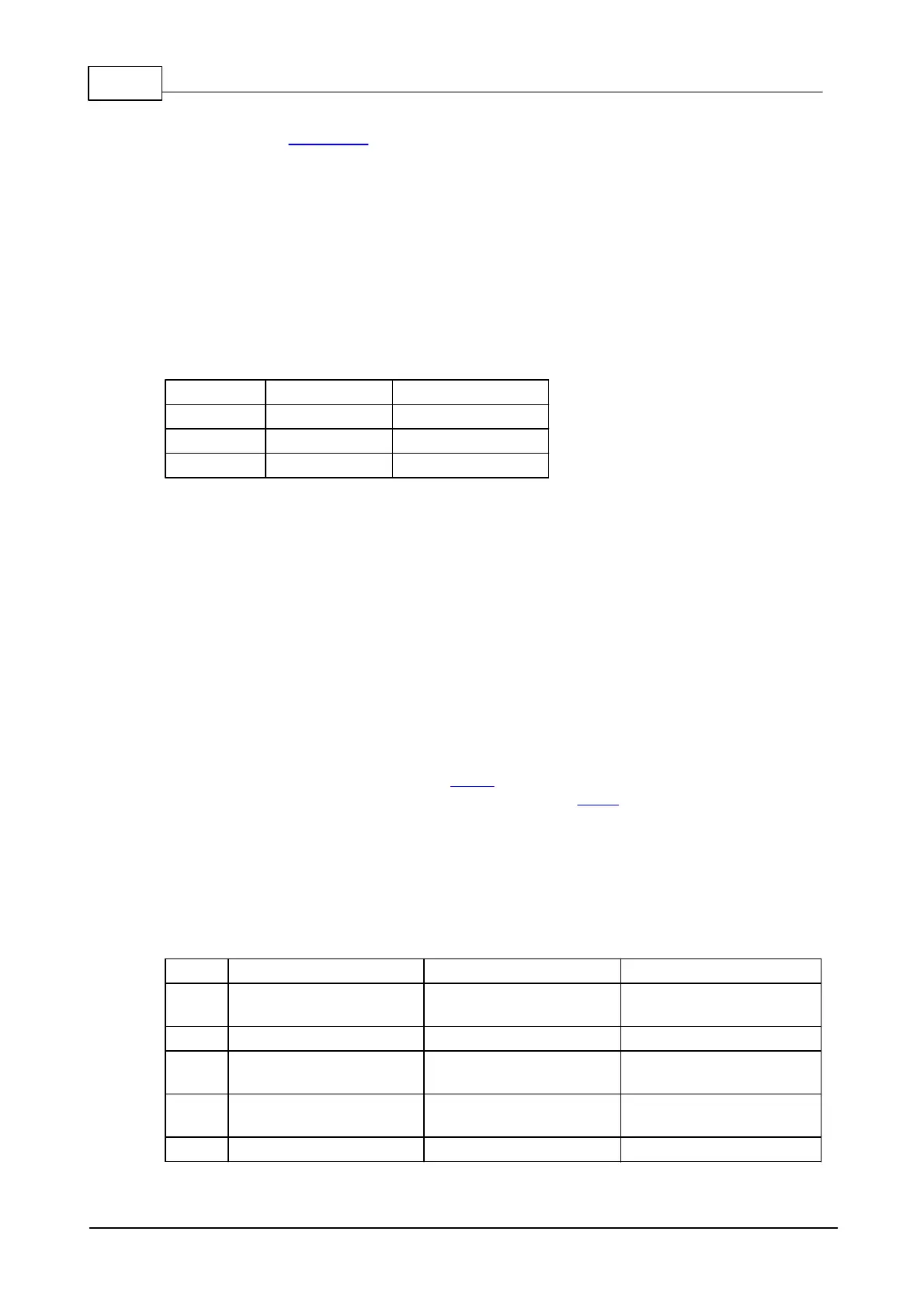351 Programmable Hardware Manual (PHM)
© Tibbo Technology Inc.
(H2) and not just a module (M2), as is the case with the non-isolated
RS232/422/485 Tibbit #02.
The theoretical isolation between the system power domain and the isolated power
domain of this Tibbit is large enough to withstand typical ESD events. The isolation
also protects against small ground potential differences that may eventually cause
equipment failures.
Communications modes
RS232, RS422, or RS485 mode selection is through FD/HD and 232/422-485 control
lines:
When left unconnected, FD/-HD defaults to HIGH, while -232/422-485 defaults to
LOW. This means that the RS232 mode will be selected by default.
In the RS232 mode, the port has RX, TX, RTS, CTS, DTR, and DSR signals. This is a
full-duplex mode.
In the RS422 mode, the port has +/-RX, +/-TX, +/-RTS, and +/-CTS signal pairs.
This is a full-duplex mode.
In the RS485 mode, the port has only +/-RX and +/-TX signal pairs. This is a half-
duplex mode, so you can connect +RX to +TX, and -RX to -TX. This will allow your
system to communicate over a single (twisted) wire pair. Direction control is through
the RTS line — the line will be LOW for data input and HIGH for output.
For "normal" RS232/422/485 applications, this Tibbit has to be connected to the TX
and RX lines of the CPU's UART (see [SER]). Planning to use RTS/CTS flow control
as well? An interrupt line must be available, too (see [INT]).
DB9 connector
Tibbit #44-1 is a hybrid device integrating a DB9M connector. Connector pin
assignment is as follows:
